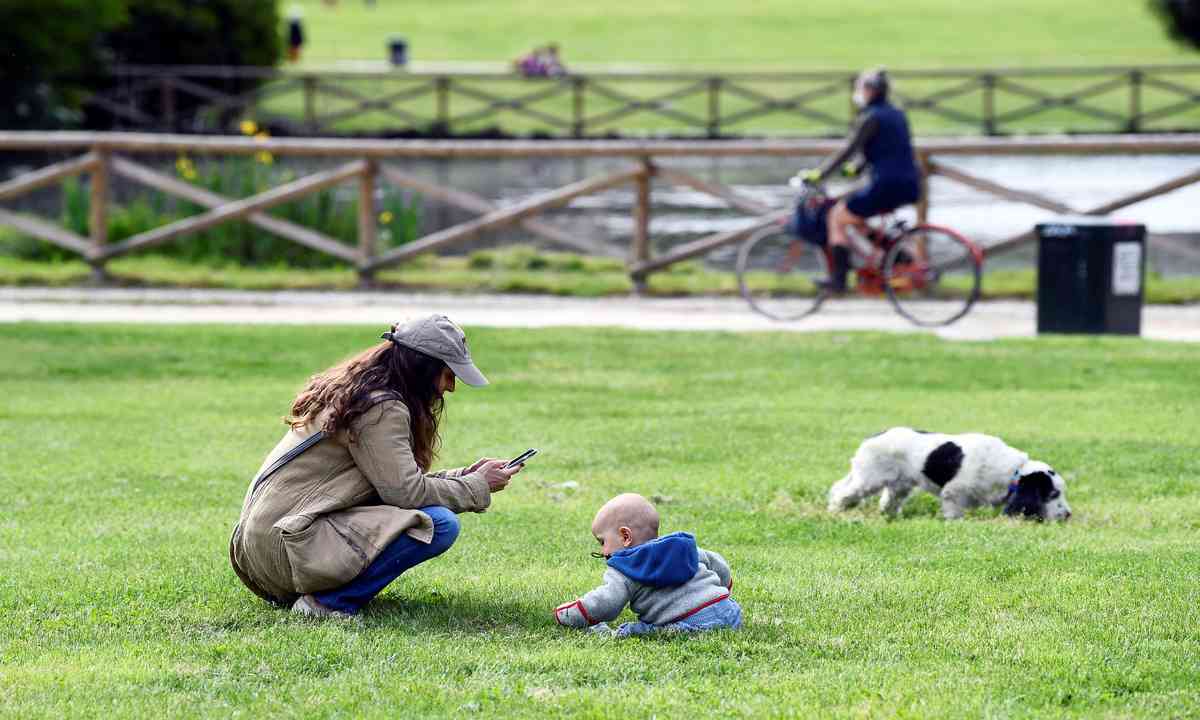According to data released by the National Institute of Statistics of the EU nation, the country is experiencing a birth-rate "crisis" despite the implementation of a financial incentive program. In 2022, less than 400,000 babies were born in Italy, escalating what has been dubbed a "national emergency" as the country's population falls to historically low levels.
From the 400,249 births that were recorded in Italy in 2021, the total number of newborns decreased by approximately 1.8%, making it the lowest number since 1861. Italy's statistics bureau released the newly tallied data on Friday, indicating that the country's overall population decreased by 179,000 last year, with 12 deaths for every seven births.

Maria Rita Testa, a demographer at Luiss University in Rome, told the Financial Times, "It's a demographic crisis." She stated, "We are going to lose a lot of people in the future" due to the fact that "women are just having fewer children."
The former government led by Mario Draghi introduced a financial incentive program in 2021 that would provide families with monthly financial incentives ranging from €50 to €175 (55 to $192) for each child born, depending on the family's income. This led to the population decline.
Last year, Giorgia Meloni, the current right-wing leader of Italy's government, made addressing the population decline a key part of her election campaign. This policy promise was made amid worries that a shrinking population would put more pressure on important public sectors like healthcare funding. Italy as of now has one of the greatest obligation to-Gross domestic product levels in Europe at 135%.
/https://www.thestar.com/content/dam/thestar/news/world/2016/02/01/tiny-italian-town-celebrates-as-it-welcomes-first-baby-in-28-years/italy-baby.jpg)
Senator Lavinia Mennuni of the Brothers of Italy party, who is in charge, stated last year, "Having a low fertility rate is an issue that doesn't belong to the right-wing or the left-wing political side, it's a national emergency." We must restore working mothers to the forefront of any political decision.
Since 2014, Italy's population has been declining, dropping by approximately 1.36 million people, roughly the same as Milan, Italy's second-largest city. In any case, these numbers have been somewhat counterbalanced by migration as foreigners surpassed migrants by 229,000 of every 2022.























